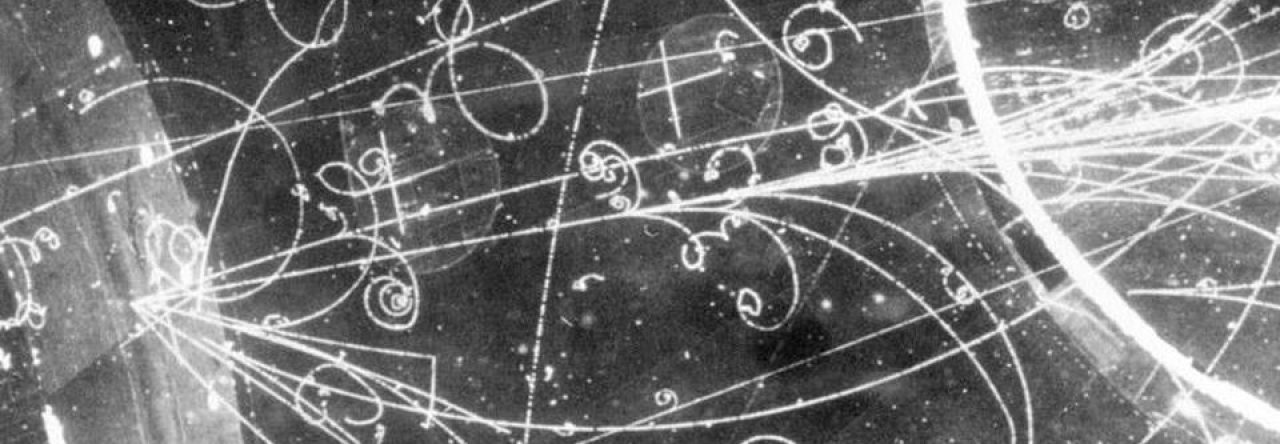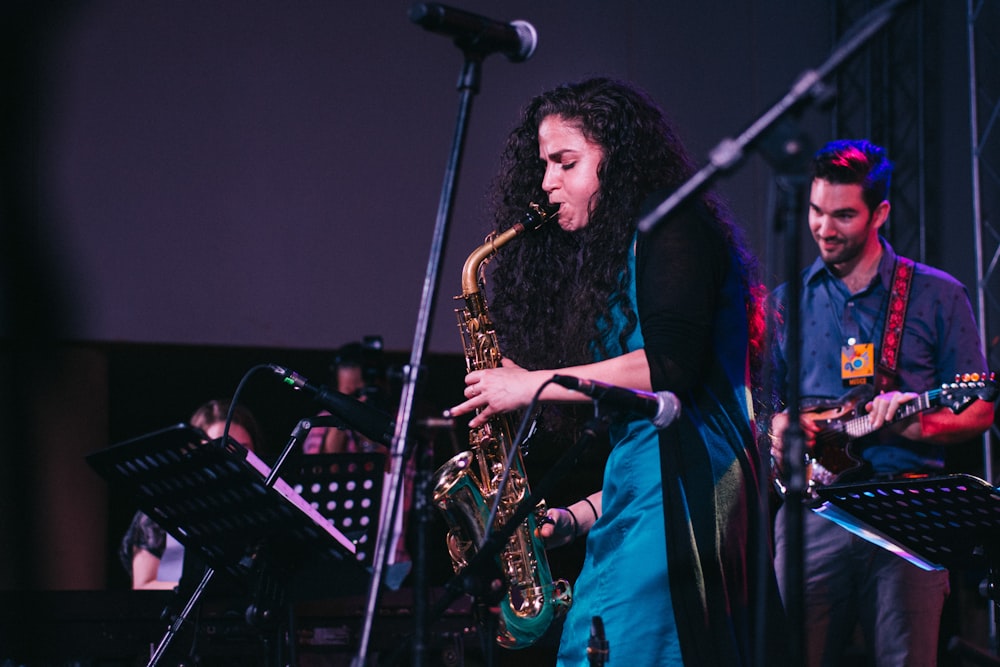As I develop my craft as an educator, I have come to appreciate the value of backwards design. My instincts as a designer have shifted towards beginning at the end. It is in the spirit of backwards design that I share my teaching philosophy with you: by presenting a vision for my future classroom alongside my plan to realise it. So, please read on and join me in my imagination.
Belonging & Celebrated Difference
Belonging is a necessary precondition for student engagement and growth. Learners thrive when they witness their needs being considered and met by their teacher. It is our duty to study and understand the diversity in our classrooms and to scrutinize the extent to which the programs we create are accessible, inclusive and representative. BC schools continue to diversify as globalization blends cultures, teachers endeavour to indigenize a historically oppressive education system and pedagogic research reveals the complex, multifaceted ways that youth learn. Therefore, I wish to create systems that enable the most learners to thrive, including those with exceptionalities, English language limitations, minority identities and material barriers. But awareness of diversity is not enough; education depends on a constant process of reflection where we identify inequalities in access, experiment with interventions and respond to outcomes.
To borrow a metaphor from the arts, I see my classroom as a music ensemble. The power of the band lies in the diversity of tone, pitch and timbre which parallel the range of minds, perspectives and voices in class. As students listen and give space, they recognize the unique gifts of other members. A class must progress in a unified tempo and the absence of a single learner diminishes the entire group. In a music program I designed this July, I integrated the Lil’wat Nation’s principle of Celcelh: taking responsibility for the learning of others before yourself. Through rituals including community circles, peer-teaching and collaborative composing, I fostered a sense of interdependence, collective identity and belonging between the young artists.
Generative Learning & Joy

My personal educational journey has been marked by the pursuit of breadth. I have studied widely in the arts and sciences with an explicit purpose: to know enough about various domains to recognize and foster the nascent potential of young creators. I prize independent thought and wish for my classroom to be a place of interdisciplinary exploration where learners make connections where none existed before. To this end, I find ways to vary instruction and assessment so that learners can appreciate many ways of understanding. Differentiation is a core pillar of my pedagogy and the subject of a talk I delivered at WestCAST 2020. Fundamentally, I wish to give youth freedom to show their mastery in the medium of their choosing through open-ended projects, digital portfolios and simulation. My research (e.g. Dive Into Inquiry by T. McKenzie, interviews at PSII, etc.) has made me aware of best practices for differentiation: learner profiles, scaffolding, student documentation and competencies-based assessment. I value a generative model for its capacity to foster enduring, relevant and joyful learning. In a more personalized, student-driven class there is the space for plurality as more learners have their varying needs met.
Evidence-Based Practices

Connection with the Broader World
 So much value is created when we extend the boundaries of education beyond the classroom. I wish to facilitate multiple channels for learners to meaningful connect with their home, nature and community. The modern socials and science curricula provide an incredible opportunity for student engagement through student-driven social activism, event participation and volunteerism. This relationship can be bidirectional, with students showcasing their learning in public showcases and welcoming knowledge-keepers and mentors from the community. This aspiration aligns with the Canadian mandate for Reconciliation by inviting learners to participate in place-based learning, address the implications of our colonial past and seek understanding through meaningful, sustained engagement with local Nations. Such experiences foster the critical capacity for our learners to inhabit the perspectives of others. I want to know what things matter to my students and I want them to empower them with skills – communication, organization, problem-solving and persuasion – that will serve them in the world they inhabit. Young people have abundant energy and a valid place at the table when we consider how justice, equity and sustainability will look in this uncertain century. Many stakeholders linked to schools– teachers, parent, citizens and students – benefit when learners occupy the role of change agents.
So much value is created when we extend the boundaries of education beyond the classroom. I wish to facilitate multiple channels for learners to meaningful connect with their home, nature and community. The modern socials and science curricula provide an incredible opportunity for student engagement through student-driven social activism, event participation and volunteerism. This relationship can be bidirectional, with students showcasing their learning in public showcases and welcoming knowledge-keepers and mentors from the community. This aspiration aligns with the Canadian mandate for Reconciliation by inviting learners to participate in place-based learning, address the implications of our colonial past and seek understanding through meaningful, sustained engagement with local Nations. Such experiences foster the critical capacity for our learners to inhabit the perspectives of others. I want to know what things matter to my students and I want them to empower them with skills – communication, organization, problem-solving and persuasion – that will serve them in the world they inhabit. Young people have abundant energy and a valid place at the table when we consider how justice, equity and sustainability will look in this uncertain century. Many stakeholders linked to schools– teachers, parent, citizens and students – benefit when learners occupy the role of change agents.
I write this statement of beliefs in an aspirational spirit –imagining the class I want to build. Yet, I know there will be structural, social, personal and interpersonal barriers to the realization of the equitable, thriving classroom that I envision. I recognize that I will fall short at times, but also believe that it is wrong for me to place the sole responsibility for such a class on myself. I see my future students as co-creators of our learning community and wish to honour their perspectives, values and ideals when it comes to inclusion, education and expression.
Next: Current Teaching Goals

